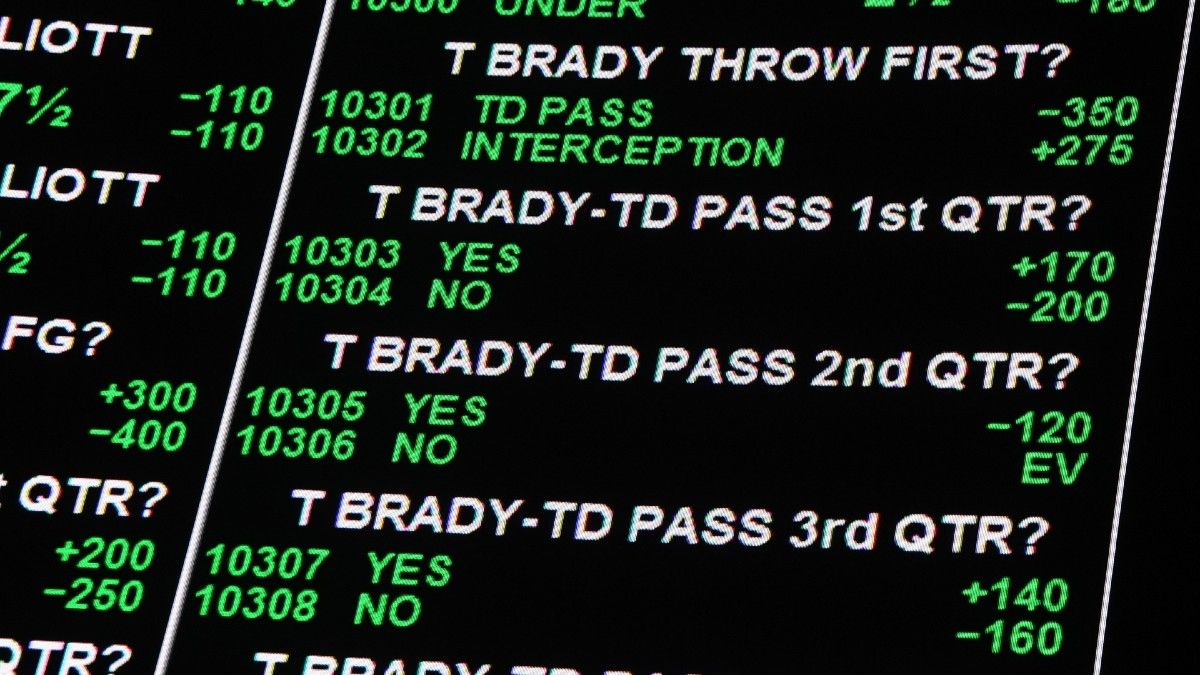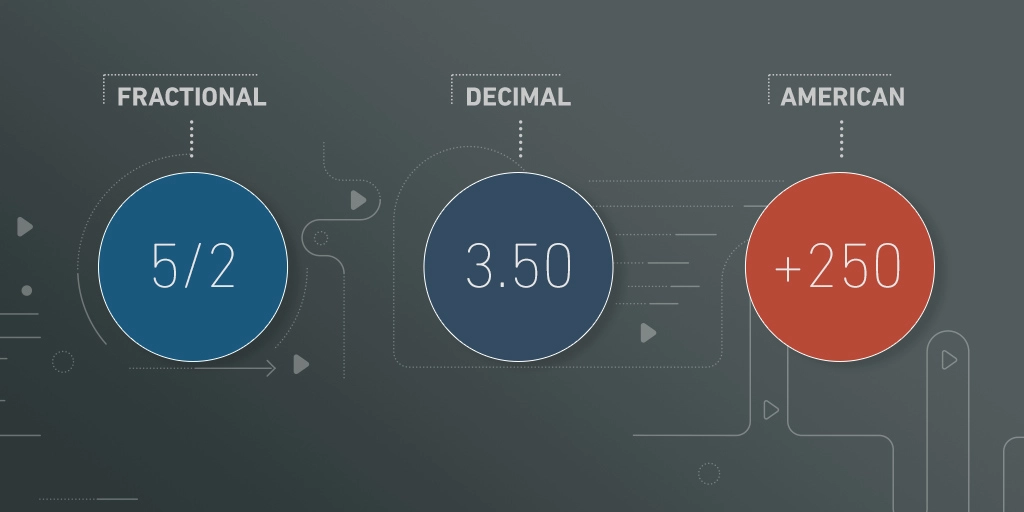
7 Tips and Guidelines for Reading Sports Betting Odds
If you’re new to the exciting world of sports betting, learning to read the odds probably seems quite confusing to you. We don’t blame you for it – in fact, we were all there at one point in our gambling journey!
Since there are different kinds of odds in different kinds of sports, it can all get pretty overwhelming for a beginner.
So, in this article, we’ve decided to analyze different types of betting odds to help you learn how to read them as efficiently as possible.
Without any further ado, let’s get started!
1. Understand the American format
Betting odds can be displayed in three major formats: American, decimal, and fractional. In this part of the article, we’ll take a deeper look at the American format – how to read it, where it’s used, how to calculate probability and more.
American odds are quite straightforward. They’re expressed as three-digit numbers that have either + or – in front of them. The plus sign means you’re betting on the underdog, while the minus signifies the favorite.
To explain all of this more clearly, we’ve decided to give you an example. Let’s say you’re betting on the Celtics (+130) to win against Atlanta Hawks (-121). In this particular case, you’d be betting on an underdog and your $100 would bring you $130 (if you win, of course). Otherwise, if you placed your bet on the Hawks – you’d need to wager $121 in order to win a $100.

2. Understanding the decimal format.
As the name suggests, this format is all about decimal numbers. It’s mainly used in tennis tournaments, but it can also be seen during international competitions such as the Olympics.
The way it works is quite simple: the underdogs have higher numbers, while the favorites have lower ones. Each number represents how much money will be paid on every dollar of a successful bet.
If you’re gambling online, most websites allow you to pick the format you like the best. Decimal odds are certainly the easiest to understand, so we recommend that you start with them, at least at the beginning of your journey.
3. Understanding the fractional format.
Fractional odds look quite confusing at first glance. For example, if Chicago Bulls have 1/3 betting odds, the bookie’s prediction is that they’ll win three times out of four. So, in a nutshell, the numerator shows you potential failed outcomes, while the denominator shows the opposite (the number of times the team is supposed to be successful).
If you multiply the wager with the fraction, you’ll get the potential profit. In our opinion, this is the least „straightforward“ format out there, but it’s still widely used – every bettor should know how it works at the very least.
The equations to calculate probabilities are different for every format, but more on that later on.
4. Choose reliable bookies for your betting needs.

Now when you know the basics of reading the odds, you’ll need to choose a quality bookie for your betting needs. The reason why we’ve decided to mention this is quite simple – the format doesn’t matter if the odds aren’t predicted properly. As noted at UFABET, you need to be able to trust your bookie in order to win.
So, before you start using the tips we’ve provided throughout this article, make sure you do your research to find a trustworthy bookie. No matter if you’re betting online or at a brick-n-mortar casino, your bookie should be well-reviewed and properly licensed.
5. Know how to calculate implied probability for every format.
Implied probability converts your odds into a percentage. It shows the expected probability of the outcome occurring, according to your bookie at least. As we’ve established before, there are different types of odds, so the formulae are a bit different as well. Here’s how you can calculate implied probability for every format:
- Positive American – for the positive odds you’ll use:100 / (the odds plus 100) * 100, Negative American – the odds / (the odds plus 100) * 100
- Decimal – 100/ the odds
- Fractional – denominator / (denominator + numerator) * 100
Now, if you don’t want to feel like you need to pass a math exam every time you visit the casino, you can always use online implied probability calculators. Most of those are completely free and easy to use – some casinos and betting websites offer them as a feature as well.
Either way, knowing the „math“ behind it all can prove to be helpful, especially if you’re serious about your sports betting hobby.
6. Choose a sport you enjoy.

This doesn’t have much to do with reading sports betting odds, but it’s a bit of general advice that can be useful to novice bettors.
Even if certain tournaments have „better odds“ than the others in certain moments, the only way you can enjoy your new hobby is by betting on sports you’re actually interested in watching. It makes everything much more enjoyable, so remember our advice next time you visit your favorite bookie.
7. There are different kinds of wagers.
Moneylines, point spreads, futures, totals, teasers, and parlays – all of these represent different types of wagers. If you’re serious about becoming a sports bettor, you’ll need to know what each of these terms means.
Since it’s not directly connected to the topic we’re analyzing, we advise you to find more info about it online if you’re interested. Once you’ve understood those terms, you’ll be ready to place your first bets on your favorite sports teams!
The bottom line
All in all, there are three main types of sports betting odds you should be aware of as a novice bettor – American (positive and negative), fractional, and decimal. We’ve thoroughly analyzed them throughout this article to help you start your betting journey as efficiently as possible.
We hope our article helped you understand the different types of betting odds and we wish you loads of success in the future (especially in the casino!).
